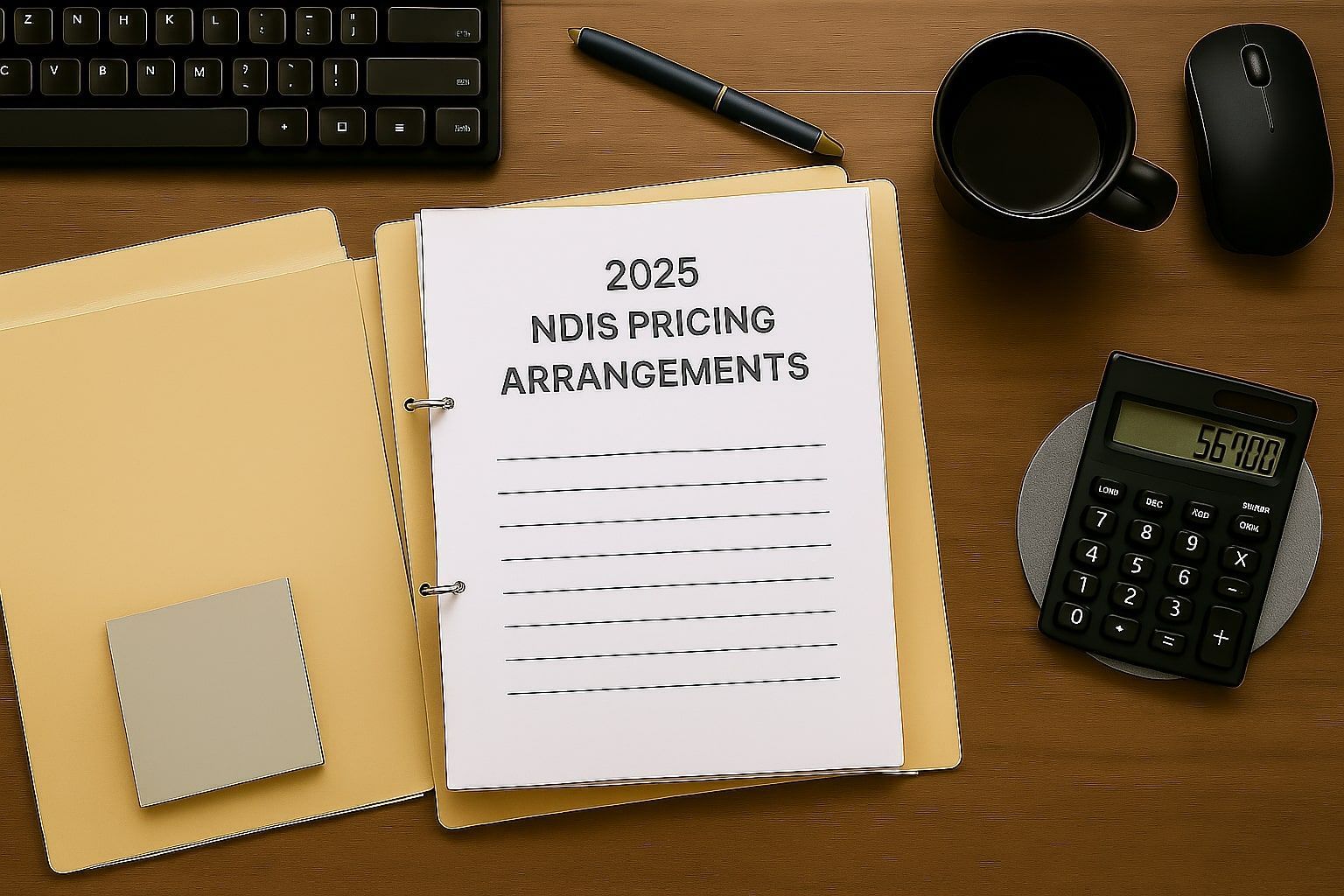Improvements To Encourage NDIS Investment
In The Urban Developer’s blog post on August 31st, 2022, the author shares that approximately 30,000 NDIS Participants should qualify for Specialist Disability Accommodation (SDA) now a $2.5 billion asset class. This is based on the NDIA estimation of 6% of National Disability Insurance Scheme participants.
Despite the programme commencing in 2016, only half of NDIS participants who are expected to qualify for Specialist Disability Accommodation are currently receiving SDA funding. Many are still living in government housing, aged care homes, hostels or with family members.
By 2025, the NDIA had predicted that 30,000 participants would be funded for SDA. As of mid-2022, only 19,500 people currently have SDA funding and just 6,900 dwellings are enrolled for SDA.
According to Alecia Rathbone, chief social enterprise officer with SDA platform Housing Hub, the opaque and slow decision-making process at the NDIA is causing a dip in sentiment due to the NDIA’s failure to properly understand and manage its participants and pipeline.
Rathbone explained that the fact that so many participants who qualify for SDA funding are not receiving payments is due to administrative delays in identifying eligible NDIS participants and processing SDA funding approvals and it is not necessarily a sign of inadequate housing demand.
Supply of Completed NDIS and SDA Homes
According to Rathbone, some participants receive a completely different SDA funding level from the requested funding that was based on advice by doctors and medical professionals. This is creating a lack of confidence for people trying to obtain funding and has led to many qualified participants not yet receiving SDA funding.
Before the NDIS and the SDA, disability housing and support were provided as welfare, whereas the NDIS now provides financial assistance as a market-based system with the aim of enhancing the independence and inclusion of persons with disabilities so as to reduce long-term scheme liability.
SDA providers must submit information on the design category, building type, number of bedrooms, and dwelling location in order to enrol an
SDA property with the NDIA. In a number of jurisdictions, the supply of
High Physical Support homes is strong, even oversupplied, while the pipeline of Improved Liveability and Robust dwellings is less well developed.
Quick Improvement is Essential
Rathbone said that it's clear there's still significant room for improvement when it comes to making the SDA process more streamlined and transparent, as well as communication with NDIS participants and SDA providers.
“There is definitely a need for more quality data in this sector to help identify people who are in the wrong places and get them funded and moved into the right accommodation more rapidly. We can’t just rely on the government,” she said.
“There are more than 1000 people with disabilities in hospitals right now who could be approved for funding and thousands in residential aged care. We know who they are, people just need the right money for housing and support. That’s within the control of the NDIS to approach quickly and efficiently.
“There is a two-year lag time that we know is needed for a development to be delivered and people are losing confidence and it’s all about rebuilding that confidence in the market by getting people moving through the system and into the right accommodation more rapidly.”
SDA Pricing Review
The NDIA is undergoing a review of SDA pricing in order to better understand the impact of prices on supply and demand and establish a new price guide in order to encourage market investment over the next five years.
The SDA pricing review will take into account any early findings from the broader NDIS Review, which was designed to fulfil an election promise to improve the scheme, and its operation, and ensure its long-term viability. Pricing reviews will be implemented from July 2023.
Ted Tabet, “Uncertainty Continues to Stifle $2.5bn SDA Sector” The Urban Developer (blog), August 31st, 2020.




